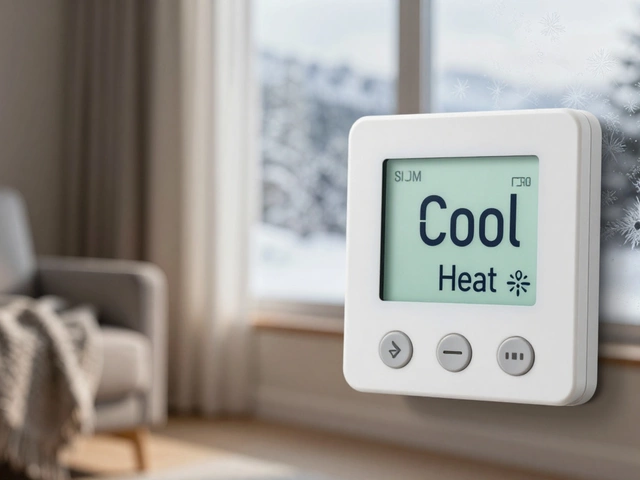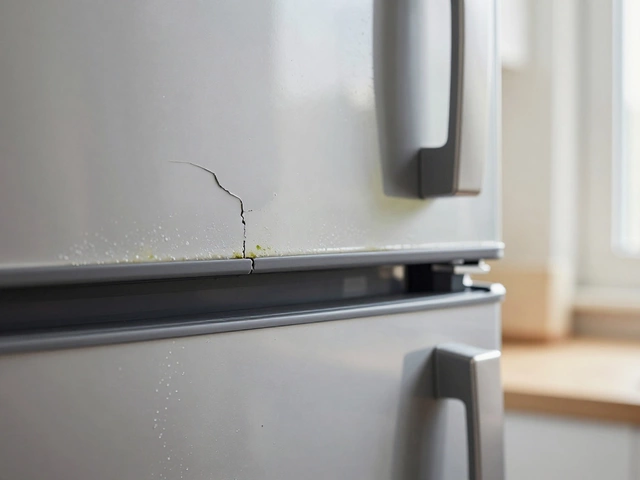Hot Water Loss – What’s Going Wrong and How to Fix It
When dealing with hot water loss, the situation where warm water stops reaching taps or showers as expected. Also known as cold shower problem, it often stems from issues in the boiler, the device that heats water for a home or a faulty mixing valve, a component that blends hot and cold water to a safe temperature. Poor plumbing, the network of pipes delivering water throughout a house can also trigger the loss. Understanding these parts helps you pinpoint why the bathroom shower feels icy while the kitchen tap stays warm.
Common causes and quick checks
Hot water loss encompasses temperature‑drop issues, pipe‑age problems, and control‑system errors. It requires proper plumbing inspection to rule out blockages or leaks. Boiler performance influences hot water loss because a burner that won’t stay lit leaves the tank cold. A misadjusted mixing valve contributes to the loss by sending too much cold water into the line. When you notice a cold bathroom but a hot kitchen, think of a distribution imbalance – that’s a classic sign of a faulty valve or uneven pipe routing.
First, feel the hot water coming out of the kitchen tap. If it’s still warm, the boiler is likely doing its job. Next, check the bathroom shower; a sudden cold blast often means the anti‑scald valve is stuck or the pipe supplying that area is insulated poorly. Turn the hot tap fully on and listen for any gurgling – that’s a clue that air is trapped in the system, which can deprive the far‑end fixtures of heat.
Boiler issues are the most frequent culprit. An aging heat exchanger can develop scale, reducing heat transfer. Low water pressure inside the boiler shuts off the burner’s safety switch, cutting heat to the tank. If the pressure gauge reads below 1 bar, you’re likely dealing with a pressure‑related hot water loss. Re‑pressurising the system is a quick fix, but keep an eye on the pressure relief valve – a leaking valve means you’ll lose heat faster than you can replace it.
The mixing valve, often hidden behind the shower or under the sink, is another hot spot. It balances hot and cold to prevent scalds, but debris or mineral buildup can jam it in the “cold” position. A simple removal, cleaning with vinegar, and re‑installation often restores balance. If the valve is adjustable, turn the hot side clockwise a quarter turn and test again – you might just have a mis‑set valve rather than a broken part.
Plumbing layout can surprise you. Long runs of uninsulated pipe lose heat as water travels from the boiler to remote rooms. In older homes, copper pipes may have corroded, creating tiny leaks that dump hot water into the walls. Use a thermal camera or simply run your hand along the pipe; a cold spot indicates a heat loss point. Adding pipe insulation or replacing a short section can stop the drop without a full remodel.
When DIY checks don’t solve the problem, it’s time to call a professional. A qualified technician can run a full system flush, test the boiler’s heat output, and replace a faulty mixing valve with the correct model for your home. They’ll also verify that your gas or electric supply meets safety standards, preventing future hot water loss scenarios.
Below you’ll find a curated set of articles that walk through each of these areas in detail – from boiler diagnostics to mixing‑valve adjustments and plumbing upgrades. Dive in to get step‑by‑step guidance, cost estimates, and when it makes sense to call Warwick Appliance Fixers for a hassle‑free repair.
Discover why hot water can disappear suddenly and learn step‑by‑step checks, common causes, DIY fixes, and when to call a pro for water heater problems.


